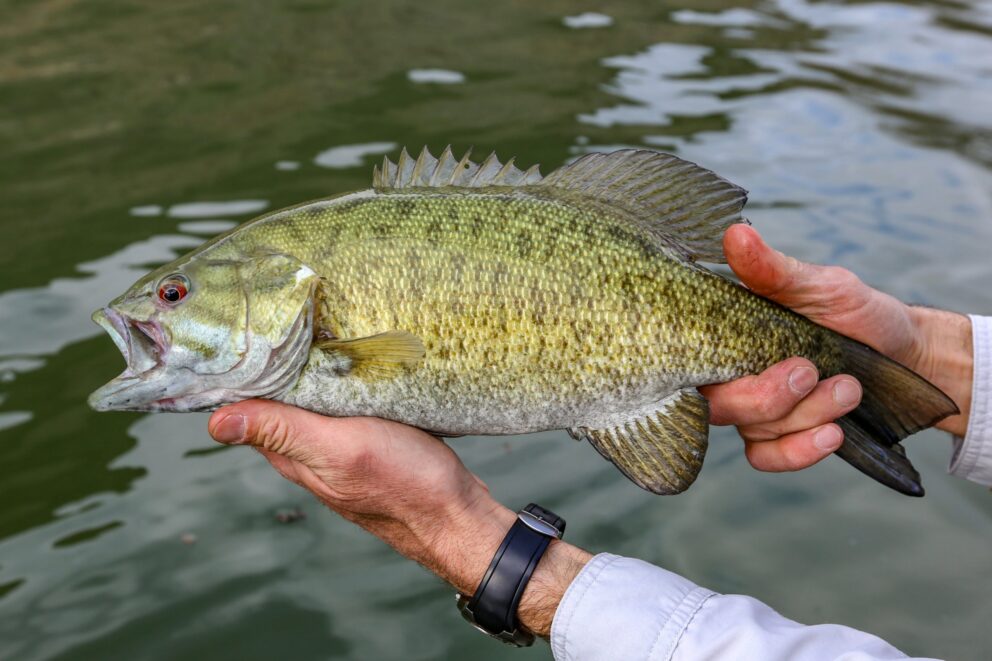- SCIENTIFIC NAME
- Micropterus dolomieu
- CLASSIFICATION
- Fish
- LIFE SPAN
- 6-14 Years
- SIZE
- 11-22” | 2-9lbs
- STATE CONSERVATION STATUS
-
- Unprotected
- FEDERAL CONSERVATION STATUS
- Least Concern
- GAME STATUS
- Game
- Washoe
- Humboldt
- Pershing
- Churchill
- Mineral
- Lyon
- Douglas
- Carson City
- Storey
- Elko
- Lander
- Eureka
- White Pine
- Esmeralda
- Nye
- Lincoln
- Clark
Habitat & Range
Native to central and eastern North America, especially the upper Mississippi and Great Lakes region. Smallmouth Bass have been introduced extensively throughout North America. Smallmouth Bass are one of the most popular and abundant game species in Lakes Mead and Mohave. It is also found in the Humboldt River, Dry Creek Reservoir, Wildhorse Reservoir, Rye Patch, Carson River, Lahontan Reservoir and Wall Canyon Reservoir. Generally found in rocky lakes and reservoirs but has adapted to warmer, slower streams and rivers.
Threats
- Predation from carp eating eggs during spawn
Natural History
A North American freshwater native, the Smallmouth Bass is a polular game fish known for the fight it gives to anglers, once hooked. Unlike their Wiper and Largemouth Bass relatives, they generally feed below the surface of the water on crayfish, shad, and smaller fish. Their feeding habits can vary depending on weather, season and time of day.












